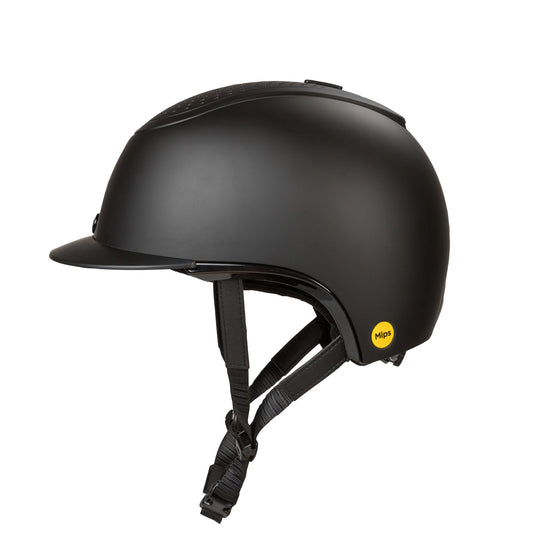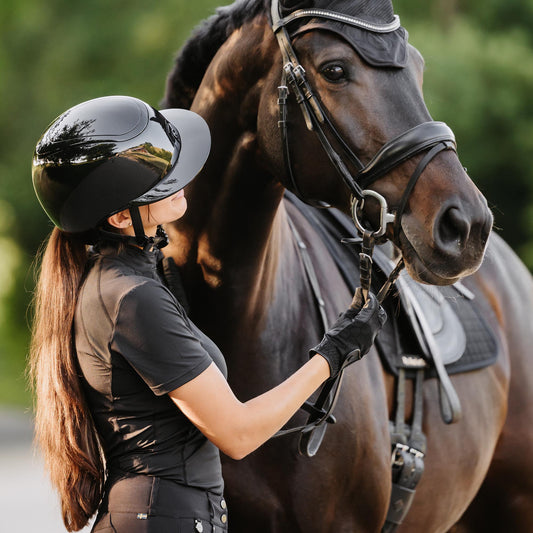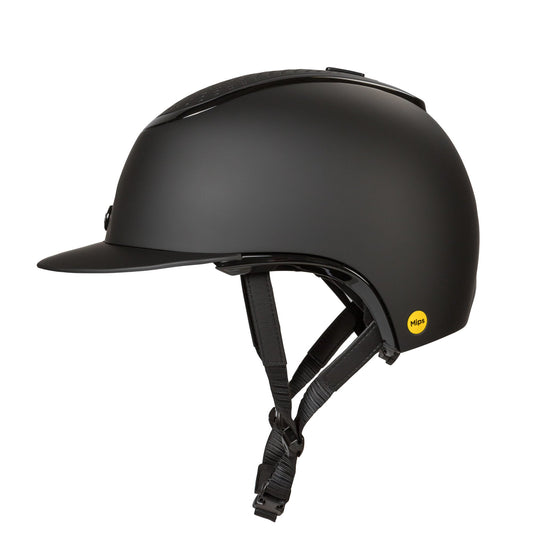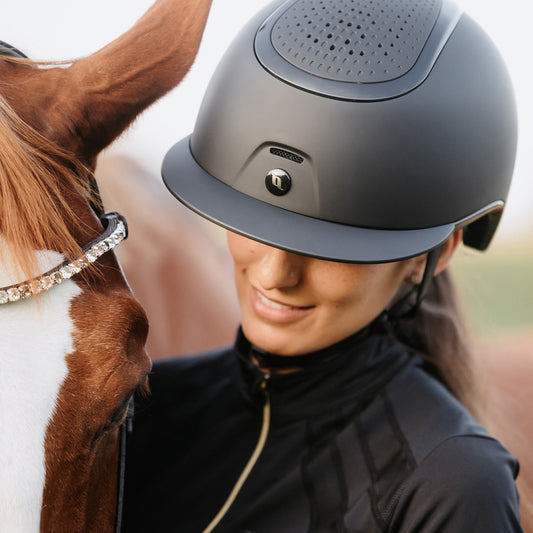When should I change my riding helmet?
During use, helmets are often exposed to small impacts, UV light, moisture, temperature changes, wear and tear and other stresses - leading to ageing of the constituent materials.
It is this ageing, during normal use, that justifies the upper 5-year limit, as the process gradually and inevitably reduces the resistance and durability of the materials.
Most helmet manufacturers give similar advice. This is simply because both manufacturers and sellers of riding helmets always want to be on the safest side possible (in this context, it does not matter whether the helmet has Mips or not).
However, the rate at which materials age is strongly influenced by how the helmet is used, how it is stored and how well it is cared for. The protective properties of a helmet can therefore deteriorate quickly or slowly, depending on what it is exposed to.
You usually can't see from the outside of the helmet if it's been damaged - that's why it's equally important to always replace your helmet when you fall off your horse or drop it hard on the ground.
Always replace your helmet after a fall from your horse
If the helmet receives a hard blow, it should be replaced immediately, as the capacity of the materials to absorb and dissipate the forces of a blow is then considered exhausted, in the blink of an eye.
On the other hand, a helmet that is kept unused in its packaging year after year will still age - but the process will take considerably longer than five years.
The date of manufacture is therefore important, but it is the period of time over which the helmet is used that determines when, if all goes well, it should nevertheless be discarded.
Our recommendation to replace helmets after five years is based primarily on our helmet manufacturer's assessment of the properties of the materials and how these are affected over time by normal use. Our manufacturer has in turn consulted the independent German testing organisation TÜV (Technischer Überwachungsverein).
What happens in a hard impact?
When the helmet receives a hard impact, the EPS (Expanded Polystyrene) material is activated and absorbs the energy. Once this has happened, the technology is considered used up. The helmet will then have a significantly lower energy absorption capacity.
It is impossible to determine the helmet's capacity by looking at it; therefore, we always recommend replacing the riding helmet after hitting your head.
To always have the best possible safety when riding, replace your riding helmet after a maximum of 5 years and after a fall from the horse.
Our riding helmets consist of four important layers, which together provide a very safe helmet with high comfort.
Outer shell
Absorbs the direct blow to the head and protects the helmet from moisture and weather. It is also the layer that gives the helmet its appearance.
EPS Foam
A shock-absorbing material similar to a soft and elastic Styrofoam. EPS absorbs shocks so that the force of the impact is not transmitted to the head. In this way, the risk of injury can be reduced.
Mips® Safety System
Rotation protection that protects against oblique impacts. Mips® acts as an extra shell inside the helmet and can rotate in all directions without affecting the head. In other words, the helmet absorbs the rotational forces of a fall from the horse, not your head.
Coolmax ™ inner lining
Technical fabric that provides a cool and comfortable feeling by breathing and wicking away moisture. The lining is available in several thicknesses to customise the fit. It is removable and can be easily washed clean with lukewarm water.













